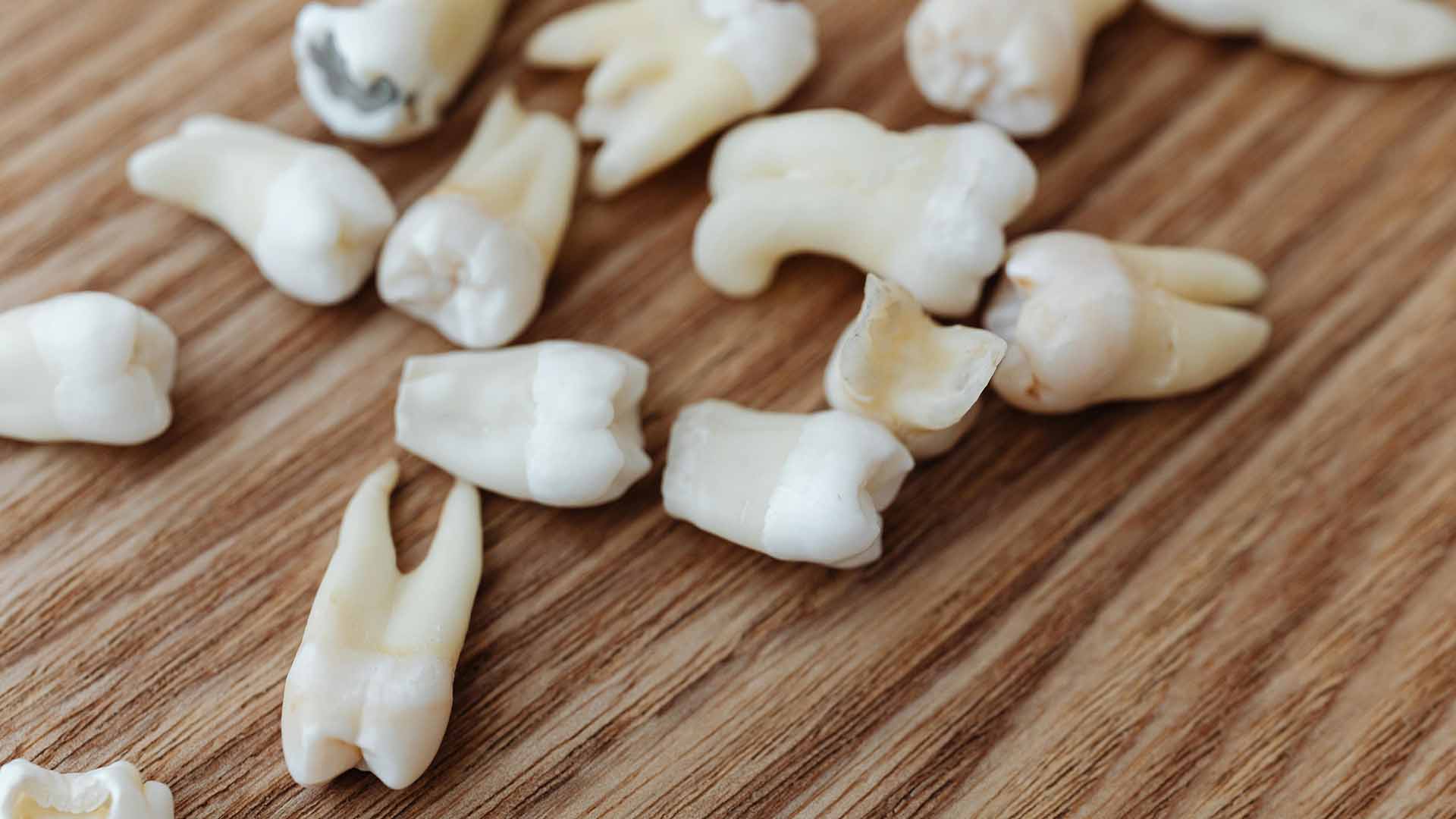Experiencing throbbing pain after a root canal can be unsettling, but it’s a common part of the healing process. While the procedure removes infected tissue and alleviates long-term dental pain, temporary discomfort may linger. Understanding why this happens and how to manage it effectively can help ensure a smoother recovery.
Why Does Throbbing Pain Happen After a Root Canal?
Throbbing pain after a root canal can occur for several reasons:
- Tissue Inflammation: Cleaning and filling the tooth can irritate the surrounding tissue, leading to inflammation.
- Healing Process: The body’s response to the procedure may involve temporary swelling and sensitivity.
- Instrument Trauma: Dental tools used during the procedure might irritate adjacent nerves or tissues.
- Bite Issues: An uneven filling or crown can lead to pressure on the treated tooth, causing discomfort.
While these symptoms are usually temporary, knowing how to address them is crucial for relief.
How to Stop Throbbing Pain After a Root Canal
1. Take Over-the-Counter Pain Relievers
Medications like ibuprofen or acetaminophen can help reduce inflammation and manage throbbing pain. Follow the recommended dosage on the label, or consult your dentist for specific advice.
2. Apply a Cold Compress
A cold compress applied to the outside of your cheek near the affected tooth can reduce swelling and numb the pain. Use the compress for 15–20 minutes at a time, especially within the first 24–48 hours post-procedure.
3. Use a Warm Saltwater Rinse
Warm saltwater rinses help soothe the affected area, reduce swelling, and prevent bacterial growth. To prepare:
- Dissolve 1/2 teaspoon of salt in a glass of warm water.
- Rinse gently for about 30 seconds, then spit it out.
- Repeat 2–3 times daily, especially after meals.
4. Avoid Chewing on the Treated Tooth
Chewing on the side of your mouth with the treated tooth can worsen the throbbing sensation. Stick to soft foods like soup, mashed potatoes, or yogurt until the discomfort subsides.
5. Keep Your Head Elevated
When lying down or resting, use extra pillows to keep your head elevated. This reduces blood flow to the affected area, helping to minimize swelling and throbbing pain.
6. Maintain Proper Oral Hygiene
Gently brush and floss around the treated tooth to keep the area clean and avoid additional irritation. Be careful not to apply too much pressure on the treated area.
7. Consider Prescription Medications
If your dentist has prescribed antibiotics or stronger pain relievers, take them as directed. These may be necessary if there are signs of infection or severe inflammation.
Additional Strategies for Managing Post-Root Canal Pain
Opt for a Soft Diet
Hard or crunchy foods can aggravate the treated area. Stick to soft, easy-to-chew options until the pain subsides.
Stay Hydrated
Drinking plenty of water aids in your overall healing and reduces inflammation.
Avoid Strenuous Activity
Physical exertion can increase blood flow to the treated area, which may worsen the throbbing pain. Resting for a day or two can help ease discomfort.
Avoid Tobacco and Alcohol
Smoking and alcohol can hinder the healing process and exacerbate inflammation. It’s best to avoid these for several days following the procedure.
When to Contact Your Dentist
If throbbing pain persists or worsens after a few days, it may indicate an issue that requires professional attention. Contact your dentist if you experience:
- Severe or Unrelenting Pain: Pain that doesn’t improve with over-the-counter medications.
- Significant Swelling: Swelling that increases or doesn’t subside.
- Fever or Signs of Infection: These may include pus, fever, or a foul taste in your mouth.
- Difficulty Chewing or Biting: An uneven filling or lingering inflammation might require adjustment.
Final Thoughts: How to Stop Throbbing Pain After a Root Canal
Root canal treatments are highly effective in addressing severe dental issues, but post-procedure throbbing pain is normal. By following these steps—taking pain relievers, using cold compresses, rinsing with warm saltwater, and avoiding pressure on the treated tooth—you can manage discomfort and support your healing process.
If pain persists or if you have any concerns about your recovery, don’t hesitate to reach out to your dentist. With the right care, you’ll soon be free from discomfort and enjoying the benefits of a healthy, restored tooth.


Leave a Reply